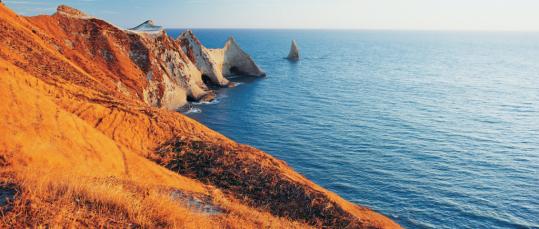This was one of the most memorable trips we have ever taken, in large part because of the wonderful arrangements made for us by Donna Thomas. In just a few phone and email communications, she was able to gauge our interests and style and plan a vacation for the four of us (my husband, myself and our two sons, ages 20 and 15) which was wonderful and had something for all of us. Because of logistics we decided to travel in August (winter in New Zealand) but Donna was able to put together tours and activities which gave us a great flavor of the country and was fun for the boys.
The accommodations were excellent with small inns and bed and breakfast accommodations, many of which we loved. The tour guides were all well-informed and convivial, and showed us the beauty of the country and its people. We traveled from Auckland to Queenstown over two weeks and felt that we truly were able to see a good part of the country without feeling too rushed. Donna was able to arrange stops, tours and activities which were at a comfortable pace and allowed us to enjoy the beautiful nature around us.
I believe that one of the factors that makes a travel planner great is having the ability to gauge the style of the client with very limited information. Donna did just that and created for us a vacation we will remember forever.




